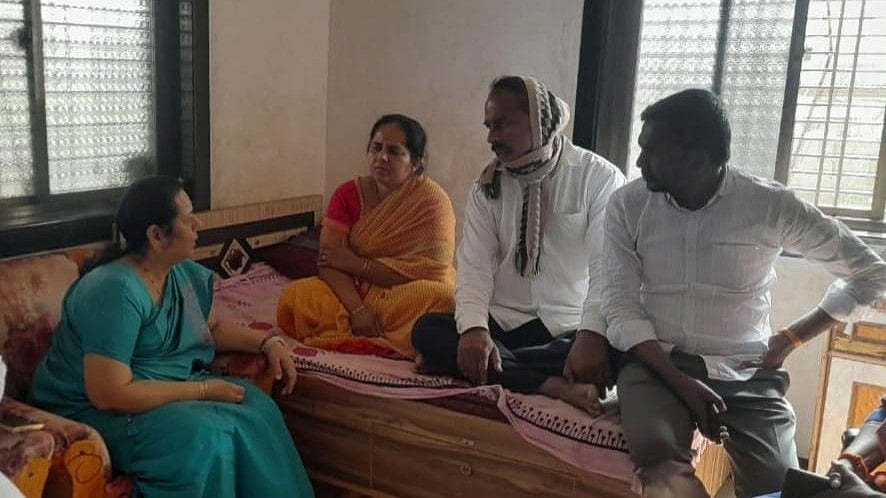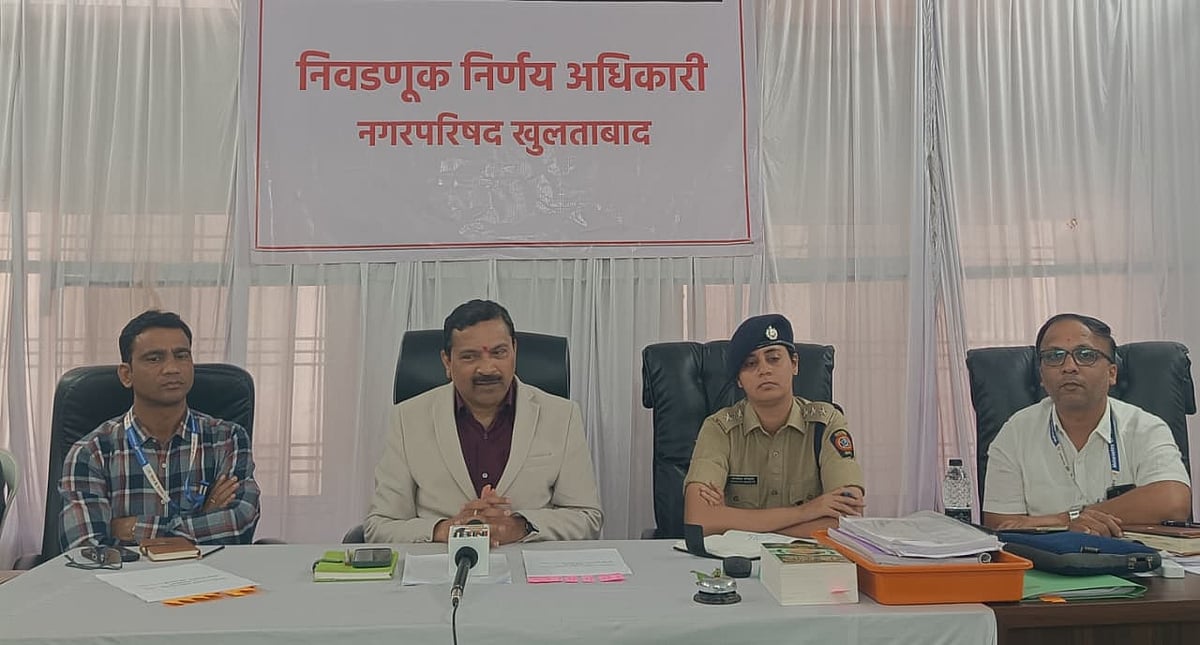The Povla snake, known as the smallest, highly venomous, and rare snake in the Indian subcontinent, was found in Gondawale Budruk of Man taluka, sparking curiosity.
This snake was found near a steel shop in Gondawale Budruk. Though its scientific name is the Slender Coral Snake, it is commonly called Povala Saap in Marathi. This species is very rare but highly venomous. This is reportedly the first time it has been found in the permanently drought-affected plateau region of Man taluka. Being a venomous species, it is rarely seen and gives a warning when threatened.

What happens after the bite?
The Povla snake resembles an earthworm but is slightly larger. Its venom has a severe effect on the nervous system, and symptoms of a bite include swelling, dizziness, unconsciousness, and potentially death if untreated. Additionally, breathing difficulties may occur within 20 to 30 minutes of being bitten.
.jpg)

Can it bite humans?
Wildlife researcher Chinmay Sawant from Kiraksal, a village in Man taluka, explained that the Povla is the smallest venomous snake in India. Its body is very slender with smooth scales, a black head that may be spotted, a brown body, a black-edged tail, a shiny black tip, and bluish undersides. This species is found throughout India, except in central and northwestern regions. Like all Asian coral snakes, it inhabits forested areas, particularly hilly regions. It prefers loose, moist soil and leaf litter for nesting. The Povla snake feeds on earthworms, rodents, and insect eggs, and is primarily nocturnal, though sometimes active at dawn. It uses its brightly colored tail for defense, diverting attention away from its head.
Naturalist Ajit Katkar from Kukudwad, also in Maan taluka, noted that this snake is often found underground, under stones, or in caves. Its maximum length is about one foot two inches. While this snake is venomous, due to its small size and slightly curved teeth, it cannot easily bite humans. Although it is found throughout Maharashtra, sightings of this snake are very rare.










